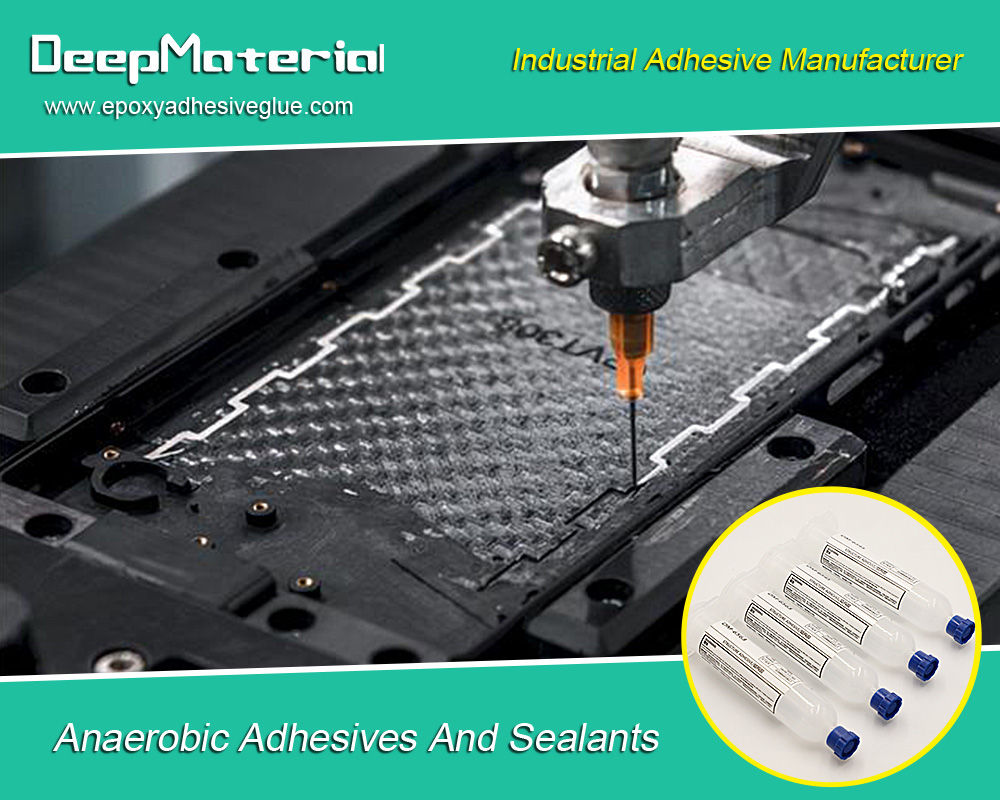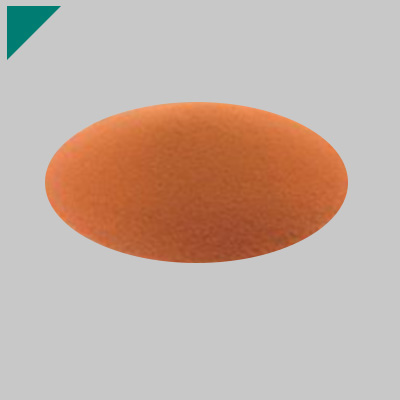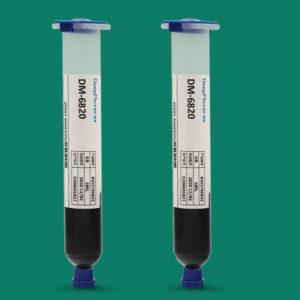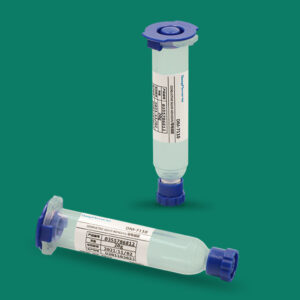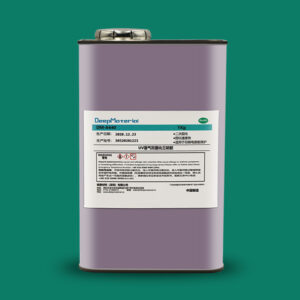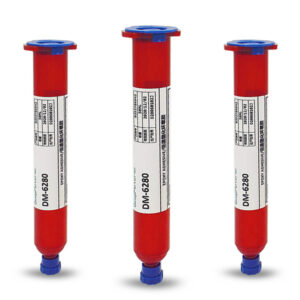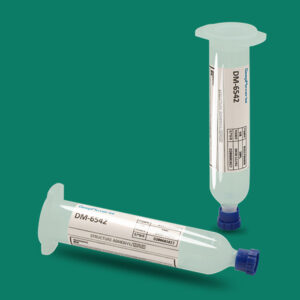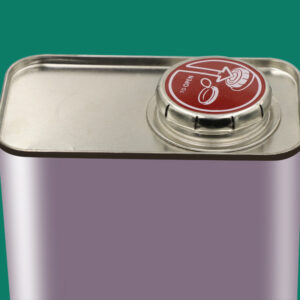How to More Accurately Evaluate the Comprehensive Fireproof Effect of Fireproof Adhesives by Simulating Actual Fire Scenarios
How to More Accurately Evaluate the Comprehensive Fireproof Effect of Fireproof Adhesives by Simulating Actual Fire Scenarios
Fireproof adhesives play a critical role in fire safety across numerous fields, including construction, electronics, and transportation. Accurately evaluating the comprehensive fireproof effect of fireproof adhesives is of paramount importance for ensuring human life safety and property security. Simulating actual fire scenarios to assess the performance of fireproof adhesives can more realistically reflect their behavior during fires, providing a reliable basis for the research, development, production, and application of fireproof adhesives.
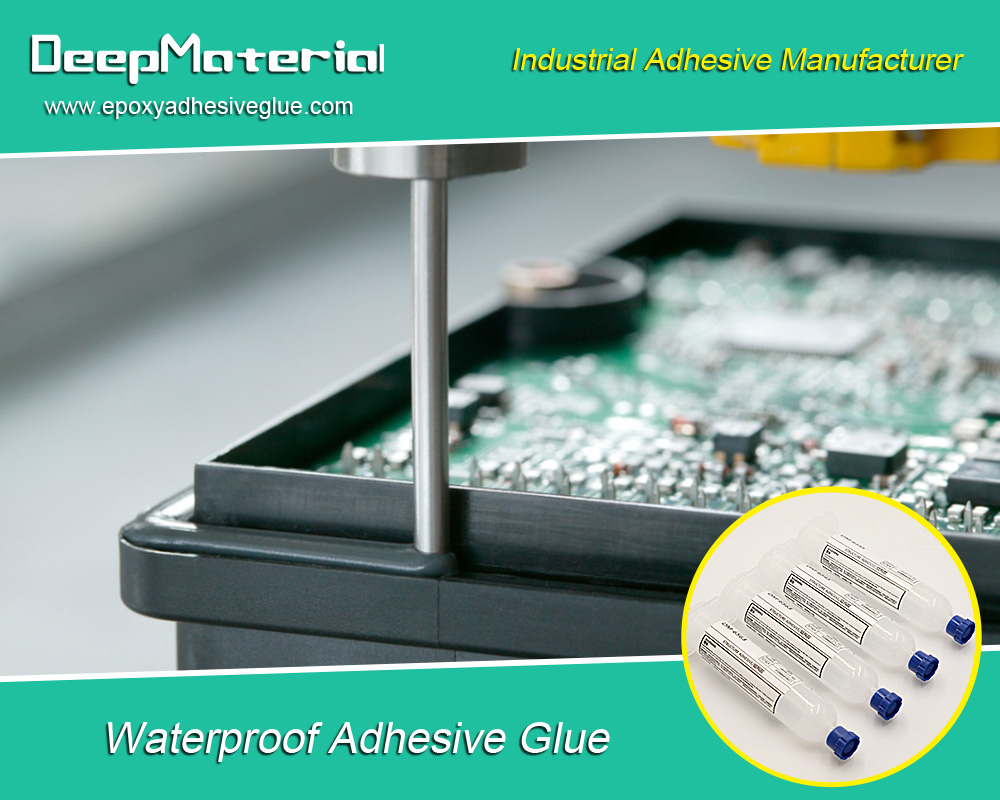
Key Parameters for Fire Scenario Simulation
1. Flame Spread Rate
The flame spread rate is a critical indicator for measuring the speed of fire development. In actual fires, the flame spread rate is influenced by multiple factors, including the flammability of materials, environmental wind speed, and spatial structure. For fireproof adhesives, their ability to inhibit flame spread is directly related to whether the fire can be effectively controlled. In areas with a fast flame spread rate, the fire may rapidly expand within a short period, causing greater damage.
2. Heat Release Rate
The heat release rate refers to the amount of heat released by material combustion per unit time. A high heat release rate can lead to a rapid increase in temperature at the fire site, accelerating material combustion on the one hand and causing severe thermal damage to personnel and equipment on the other hand. If fireproof adhesives can effectively reduce the heat release rate, they can slow down the intensity of the fire, buying more time for personnel evacuation and fire rescue.
3. Smoke Toxicity
In fires, smoke is one of the main causes of casualties. Smoke contains large amounts of toxic and harmful gases, such as carbon monoxide and hydrogen cyanide, which can quickly cause poisoning, coma, and even death. The toxicity of smoke generated by fireproof adhesives during combustion is an important factor in evaluating their comprehensive fireproof effect. Fireproof adhesives with low smoke toxicity help improve the survival rate of people in fires.
Simulation Experimental Methods
1. Flame Spread Rate Simulation Experiments
Small – scale horizontal and vertical combustion test devices can be used. In the horizontal combustion test, the sample coated with fireproof adhesive is placed horizontally and ignited at one end. The flame spread rate is calculated by recording the time required for the flame front to spread a certain distance on the sample. In the vertical combustion test, the sample is vertically suspended and ignited from the lower end to observe the upward spread of the flame. In addition, large – scale fire test devices, such as corner fire test devices, can be used to simulate flame spread in scenarios closer to actual building fires. High – speed cameras are used to record the flame spread process, and image processing technology is combined to accurately measure the flame spread rate.
2. Heat Release Rate Measurement Experiments
The cone calorimeter is widely used currently. Based on the principle of oxygen consumption, this instrument calculates the heat release rate by measuring the oxygen consumption during material combustion. The sample coated with fireproof adhesive is placed in the cone calorimeter and ignited under a specific heat flux. The instrument real – time records data such as oxygen concentration, carbon dioxide concentration, and mass loss, and calculates the variation curve of the heat release rate over time. In addition, large – scale calorimetry test devices, such as furniture calorimeters, can be used to simulate the heat release during the combustion of multiple material combinations in actual fires, providing a more comprehensive evaluation of the thermal protection performance of fireproof adhesives in complex scenarios.
3. Smoke Toxicity Assessment Experiments
Smoke toxicity assessment is relatively complex and usually requires a combination of multiple experimental methods. First, a smoke chamber is used to collect the smoke generated by the combustion of fireproof adhesives, and then animal experiments or cytotoxicity experiments are used to evaluate the toxicity of the smoke. In animal experiments, experimental animals are exposed to the smoke environment to observe their physiological responses and survival conditions. In cytotoxicity experiments, smoke extracts are applied to cells to detect indicators such as cell viability and apoptosis. In addition, the toxicity hazard of smoke can be predicted by analyzing the composition and concentration of toxic gases in the smoke using toxicological models. For example, instruments such as Fourier transform infrared spectroscopy (FTIR) and gas chromatography – mass spectrometry (GC – MS) are used for qualitative and quantitative analysis of smoke components, and the comprehensive toxicity of smoke is evaluated by combining with the toxicity data of known toxic gases.
Testing Standards and Specifications
1. International Standards
Internationally, there is a series of mature standards for fire scenario simulation and the performance evaluation of fireproof materials. For example, ISO 5658 – 2 Reaction to Fire Tests – Spread of Flame on Vertical Structures – Part 2: Test Method for the Determination of the Contribution to the Spread of Flame of Products is used to evaluate flame spread performance; ISO 5660 – 1 Reaction to Fire Tests – Heat Release, Smoke Production and Mass Loss Rate – Part 1: Heat Release Rate (Cone Calorimeter Method) specifies the measurement method for heat release rate; ISO 19700 Fire Safety Engineering – Guide for the Assessment of Toxic Hazards provides guidance for smoke toxicity assessment.
2. Domestic Standards
China has also formulated corresponding national standards. For example, GB/T 2408 – 2021 Plastics – Determination of Burning Behaviour – Horizontal and Vertical Methods is used for testing the combustion performance and flame spread rate of materials; GB/T 16172 – 2007 Test Method for Heat Release Rate of Building Materials is aligned with international standards and standardizes the measurement of heat release rate; GB/T 20285 – 2006 Grading of Toxic Hazard of Smoke Generated by Materials stipulates the toxicity grading and assessment methods for smoke generated by material combustion. When evaluating the comprehensive fireproof effect of fireproof adhesives, experimental operations and data processing must be carried out in strict accordance with these standards to ensure the accuracy and comparability of the results.
Data Processing and Analysis
After completing various simulation experiments, scientific processing and analysis of the collected data are crucial. For flame spread rate data, the stability of the fireproof adhesive’s ability to inhibit flame spread can be evaluated by statistically calculating the mean and standard deviation under different test conditions. For heat release rate data, the time and magnitude of the heat release rate peak, as well as the total heat release, are analyzed to determine the flame retardant effect of the fireproof adhesive and its ability to delay fire development. In smoke toxicity assessment, a comprehensive toxicity assessment model is established by combining the results of animal experiments, cytotoxicity experiments, and chemical composition analysis to quantify the toxicity hazard of smoke. By comparing the data of different fireproof adhesive samples under the same simulated fire scenarios, their comprehensive fireproof effects can be intuitively compared, providing data support for selecting fireproof adhesives with excellent performance.
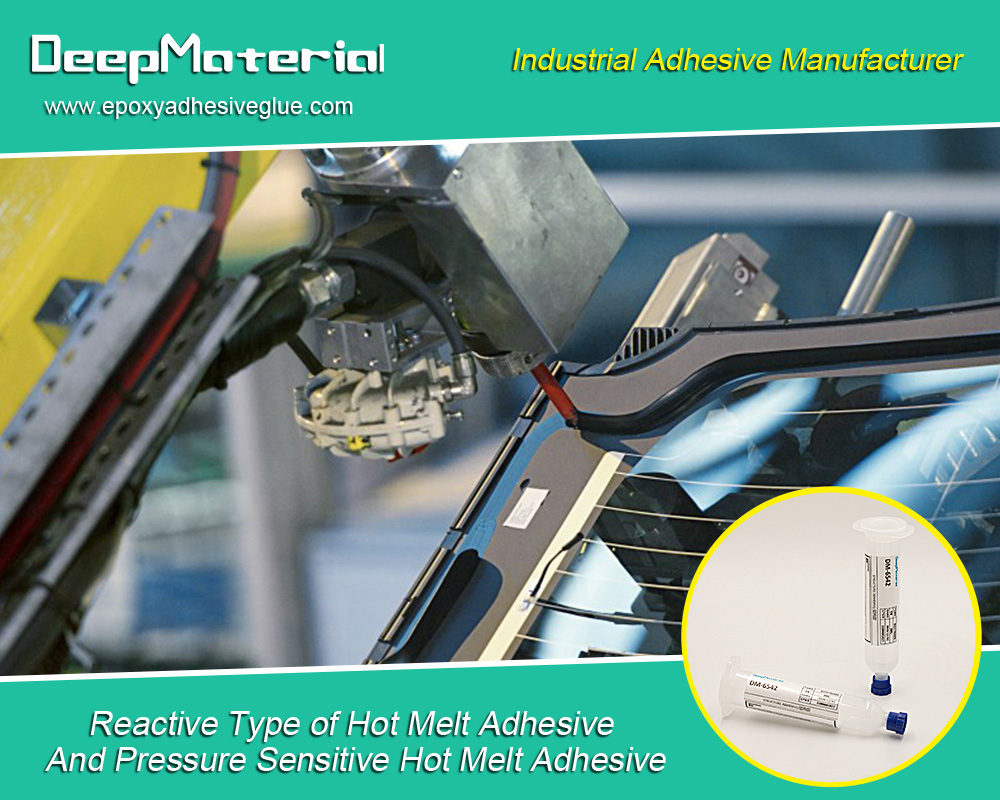
Conclusion
By simulating key parameters in actual fire scenarios, such as flame spread rate, heat release rate, and smoke toxicity, and combining corresponding experimental methods, testing standards, and scientific data processing and analysis, the comprehensive fireproof effect of fireproof adhesives can be evaluated more accurately and comprehensively. This is not only helpful for fireproof adhesive manufacturers to improve product performance but also provides a reliable technical basis for relevant industries in the selection and application of fireproof adhesives, which is of great significance for improving the overall fire safety level. In the future, with the continuous deepening of fire science research and the continuous development of testing technologies, the methods for evaluating the performance of fireproof adhesives through simulated fire scenarios will become more perfect and accurate.
For more about how to more accurately evaluate the comprehensive fireproof effect of fireproof adhesives by simulating actual fire scenarios , you can pay a visit to DeepMaterial at https://www.epoxyadhesiveglue.com/category/epoxy-adhesives-glue/ for more info.


